In the vast tapestry of human history, certain inventions and innovations stand out as marvels of ingenuity, merging science, art, and culture into a single canvas of human achievement. The humble kite, with its roots reaching back thousands of years, is one such marvel. Often associated with carefree leisure on sunny days, kites have also been instrumental in science, war, climate research, and artistic expression. This essay embarks on a journey through time and disciplines, exploring the multifaceted role of kites in shaping our world.
Kites in History: An Ancient Tradition
The oldest depiction of a kite is from a mesolithic period cave painting in Muna island, southeast Sulawesi, Indonesia, which has been dated from 9500–9000 years B.C. It depicts a type of kite called kaghati, which are still used by modern Muna people.
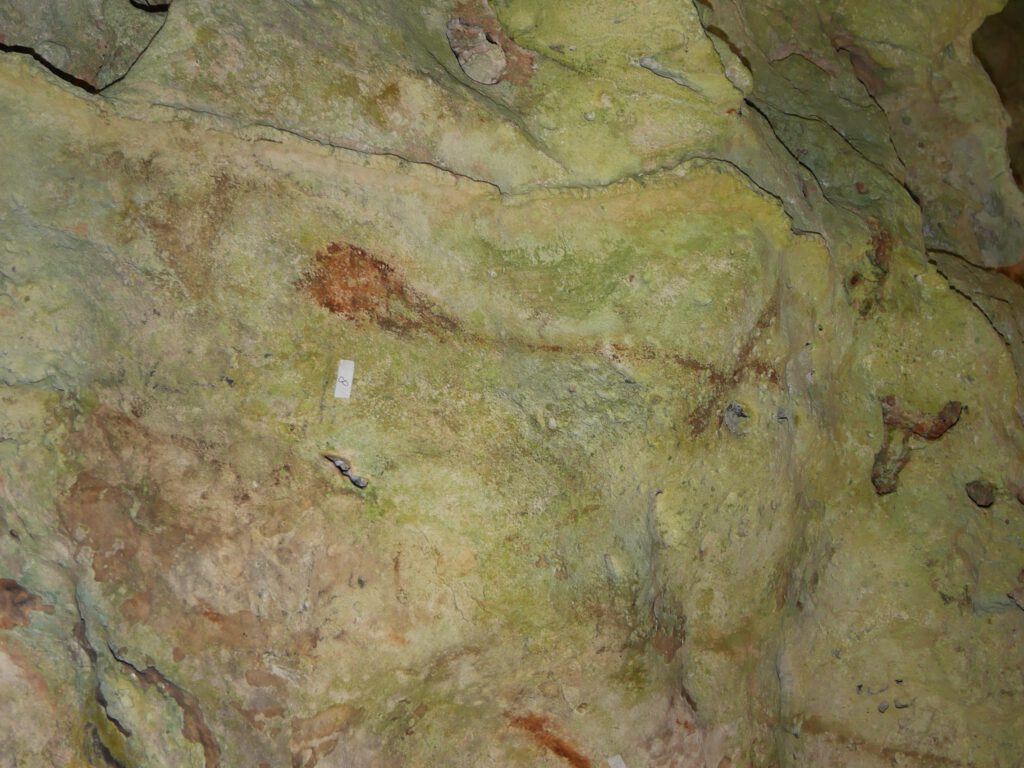
Kites, originating in ancient China more than 2,000 years ago, have a storied history as a cultural and artistic expression. Early kites were crafted from bamboo and silk, intricately designed to resemble various animals, mythical creatures, and symbols. This artistry turned kite-flying into a revered pastime, inspiring artists and writers to celebrate their ethereal beauty.
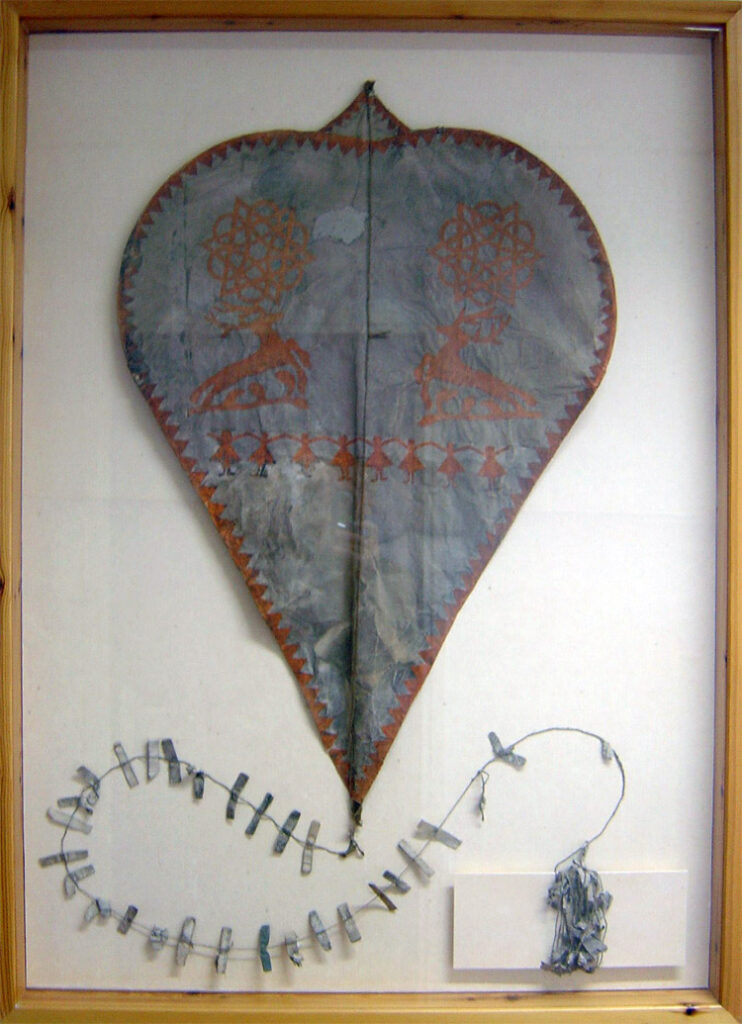
As Confucius once wrote,
“Is it not a pleasure, having learned something, to try it out at due intervals? Is it not a joy to have friends come from afar? Is it gentlemanly not to take offense when others fail to appreciate your abilities? Is it not gentlemanly if one does not take offense when others fail to appreciate your work?”
– Confucius, 2003, p. 37
Throughout history, kites have found practical applications, serving as invaluable tools for various tasks. For instance, in Japan, these versatile contraptions played a pivotal role in the construction of numerous shrines and temples. In these architectural endeavors, large kites took on the responsibility of hoisting tiles and other essential materials, ensuring that workers atop roofs had access to the necessary resources (Sugiura, K. (2013). A Japanese Kite Tradition: Japanese Culture and the Art of Kazukiyo Sugiura. Japan Arts Council).
One of the earliest recorded instances of human flight tethered to a kite harkens back to the 12th century, involving a notable warrior named Minamoto-no-Tametomo. Exiled to an isolated island, Tametomo, filled with sorrow at the solitude endured by his son, undertook a remarkable endeavor. He meticulously crafted a sizable kite, which would become the vessel for his daring escape to the mainland (Ancient Records of the Minamoto Family).
In another intriguing historical account from Japan, a cunning thief hatched an audacious scheme that involved a man-carrying kite. His target was the glistening gold scales adorning an ornamental dolphin perched atop the Castle of Nagoya. However, his bravado got the better of him, as he couldn’t resist boasting about his audacious feat. Ultimately, his bragging led to his apprehension, and a grim fate awaited him and his family, as they were subjected to a harrowing ordeal—boiling in oil (National Geographic Society. (2020). Kites: Flying High for Science and Fun).
These historical anecdotes illustrate the multifaceted nature of kites, showcasing their role not only as sources of entertainment and artistic expression but also as tools for practical purposes and, at times, as instruments of daring escapades and subterfuge.
Kite flying was indeed a gentlemanly pursuit that brought joy and cultural enrichment. However, beyond their artistic and cultural significance, kites also played a critical role in ancient Chinese military strategy. During the second century BCE, General Han Hsin ingeniously employed kites to measure distances, relay messages, and even distract enemy troops (Needham, 1962). This historical fusion of science, art, and warfare showcases the multifaceted nature of kites as both tools and artistic symbols.
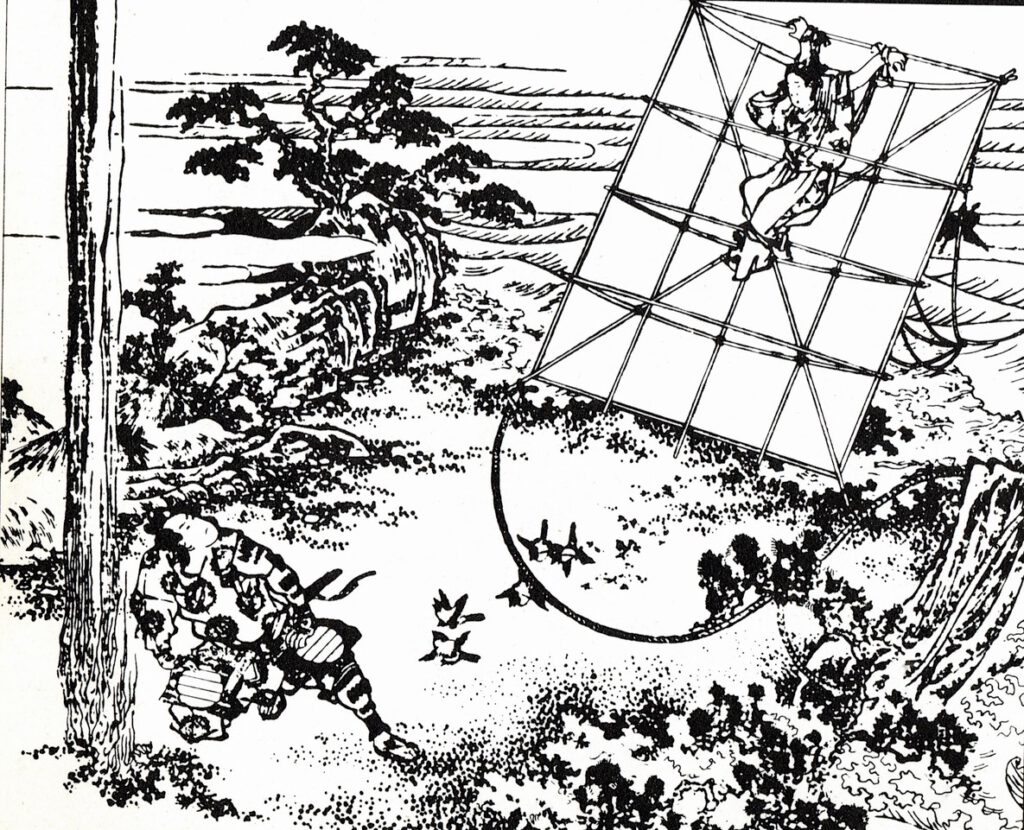
Kites in Science: Soaring to New Heights
Kites have been pivotal instruments in scientific exploration, allowing humanity to reach great heights—literally. In the late 19th and early 20th centuries, scientists like Alexander Graham Bell and Lawrence Hargrave used kites to study the atmosphere and weather patterns. These experiments contributed significantly to our understanding of meteorology and laid the foundation for modern aviation (Bell, 1907; Hargrave, 1893).
A significant milestone was achieved in 1858 when the pioneering French photographer and balloonist, Gaspar Felix Tournachon, affectionately known as “Nadar,” captured the world’s inaugural aerial photograph. Prior to this historic moment, in 1855, Nadar had the foresight to patent the concept of employing aerial photographs for mapmaking and surveying purposes. However, turning this visionary idea into reality was no simple task, as it demanded three years of relentless experimentation before Nadar triumphantly produced the very first aerial photograph (Fournier-Guillemette, 2015).
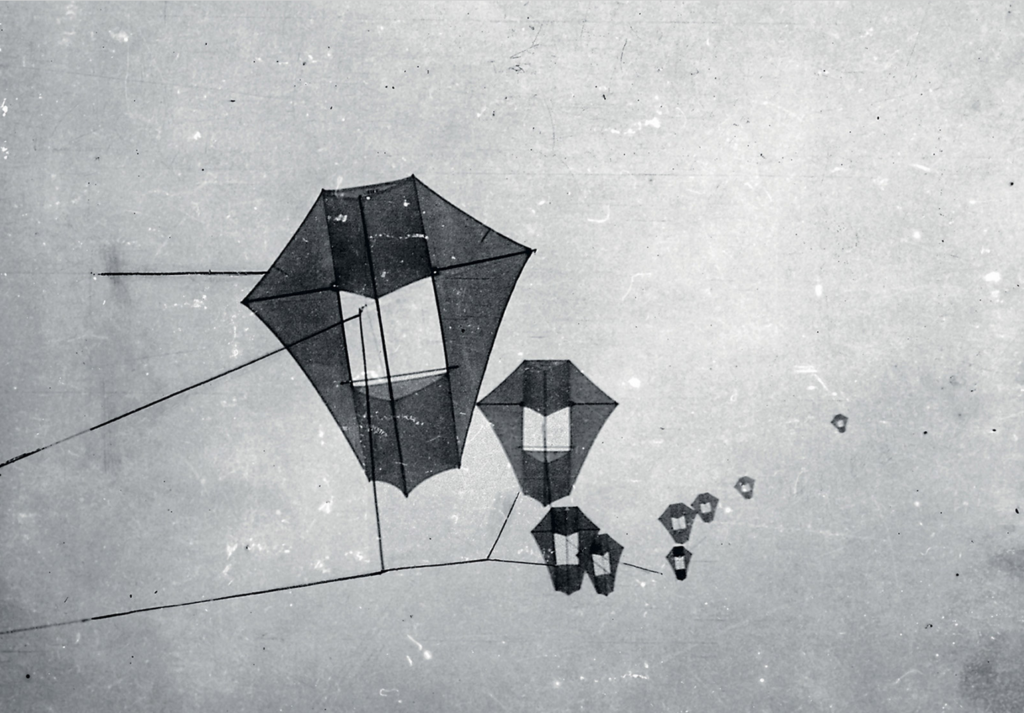
Other of the pioners of KAP was George R. Lawrence, his research allowed scientists and artists to capture breathtaking aerial views of landscapes, cities, and events. These images, both scientifically informative and artistically captivating, have left an indelible mark on our cultural heritage (Lawrence, 1906). In kite aerial photography the camera is triggered either remotely or automatically to take aerial shot and can be attached directly to the kite, but is usually secured to an adjustable rig suspended from the kite line. With this elevated view, pilots can capture landscapes, objects, architecture, and people in entirely new ways. The beginning of KAP dates back to the late 19th century. Aerial photography from kites is, in fact, one of the oldest forms of remote sensing of the Earth´s surface
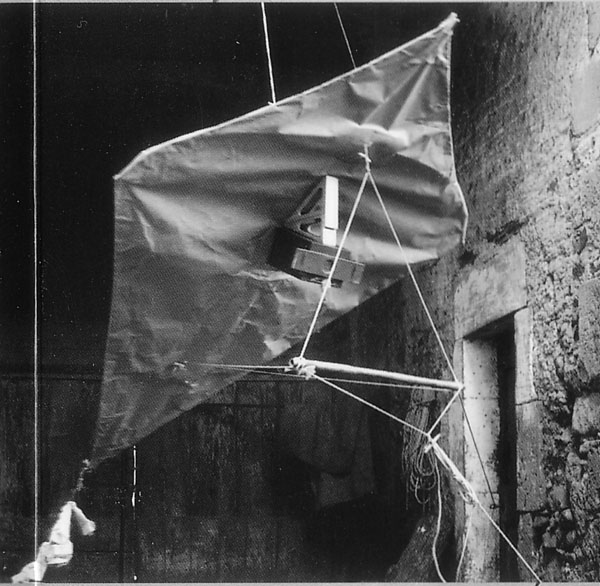
Kites in War: Silent Sentinels of Surveillance
In the realm of warfare, kites have been silent sentinels, enabling reconnaissance and surveillance long before the age of satellites and drones. During World War I, kites equipped with cameras were used to monitor enemy movements and positions (Barker, 1989). These aerial photographs aided military strategists in planning their offensives and defenses.
In the 21st century, modern military forces still employ kites for surveillance, as they offer a low-cost, low-tech alternative to expensive drones and satellites. This unexpected blending of ancient technology and modern warfare highlights the enduring significance of kites in human conflict.
Kites in Climate Research: Soaring for a Sustainable Future
As concerns about climate change grow, kites have once again taken to the skies, this time for the noble pursuit of climate research. Scientists and environmentalists use kites to collect data on the atmosphere, including wind patterns and airborne pollutants (Smith, 2015). Kite-based research provides crucial insights into the changing climate and its impact on our planet.
Moreover, kite festivals around the world have become platforms for environmental awareness and sustainable living. These events celebrate the beauty of kites while also promoting eco-friendly practices, reflecting the evolving role of kites in shaping our cultural values.
Kites in Art: A Canvas in the Sky
Kites have been a source of artistic inspiration throughout history. From intricate designs painted on their surfaces to the mesmerizing choreography of synchronized kite-flying performances, kites have transcended their utilitarian origins to become a form of visual and performing art. The vibrant colors, graceful movements, and intricate craftsmanship of kites have inspired artists across the globe. In cultures from Japan to Guatemala, kites have become symbols of creativity, unity, and celebration (Higashi, 2005). The sky, once an empty canvas, becomes a living gallery during kite festivals, bringing together communities and fostering cultural exchange. But kites are more than mere playthings; they are timeless vessels of human creativity and innovation. From their ancient origins in China to their modern roles in science, war, climate research, and art, kites have demonstrated their ability to transcend boundaries and capture the human imagination. As we continue to soar to new heights in the realms of knowledge and culture, let us not forget the humble kite—a symbol of our enduring quest for beauty, understanding, and connection with the world around us.
Kites as Antennas: A Confluence of Science and Artistry in Wireless Communication
The unique utilization of kites as antennas in the realm of wireless communication offers insights into the principles, advantages, challenges, and practical applications of this approach. Kites, with their capacity to soar to elevated altitudes and deploy expansive conductive surfaces, present a compelling fusion of science and artistry in wireless technology. We explore the interdisciplinary nature of kite antennas, encompassing engineering, physics, and aesthetics.

Wireless communication is ubiquitous in modern society, encompassing a diverse array of applications from mobile networks to satellite communication (Rappaport, 2011). The design and deployment of antennas are pivotal in ensuring the efficiency and reliability of these systems. In recent years, kites have emerged as unconventional yet intriguing platforms for antennas, capitalizing on their inherent properties and aesthetic appeal.
Principles of Kite Antennas
Kite antennas embody the fundamental principles of antenna theory. These innovative configurations typically consist of a conductive tether serving as the radiating element and an ethereal kite structure elevating the antenna to altitudes unattainable by conventional means. This arrangement enhances radiation patterns, augmenting the reach and coverage of the antennas (Balanis, 2016).
Advantages of Kite Antennas
The use of kites as antennas offers different advantages:
Elevation: Kites possess the ability to ascend to remarkable heights, circumventing obstacles and interference sources, thereby enhancing line-of-sight communication (Skolnik, 2008).
Mobility: The agility of kites facilitates swift deployment and repositioning, making them invaluable for emergency communication or the establishment of temporary networks (Proakis & Salehi, 2008).
Energy Efficiency: Harnessing wind-driven ascent, kite antennas operate with minimal energy consumption, aligning with eco-friendly and cost-effective operational paradigms (Haykin, 2014).
Large Aperture: Kite antennas can deploy expansive conductive surfaces, elevating gain and signal reception capabilities to new heights (Collin, 2005).
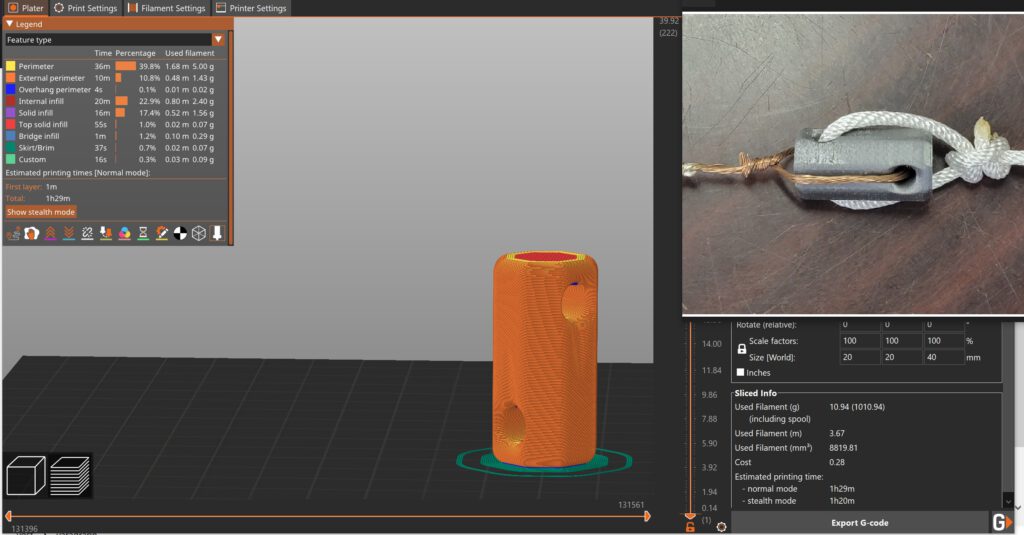
Challenges and Considerations
The utilization of kite antennas, while promising, introduces challenges that necessitate careful consideration:
Stability: Ensuring the stability of kite antennas, particularly under adverse weather conditions, is imperative to preserve signal quality and operational safety (Stutzman & Thiele, 2012).
Regulatory Compliance: The operation of kite antennas in airspace may necessitate adherence to aviation regulations and coordination with relevant authorities (Federal Aviation Administration, 2020).
Tether Interference: The conductive tether connecting the kite to the ground poses the risk of introducing signal interference if not properly shielded (Rao, 2016).






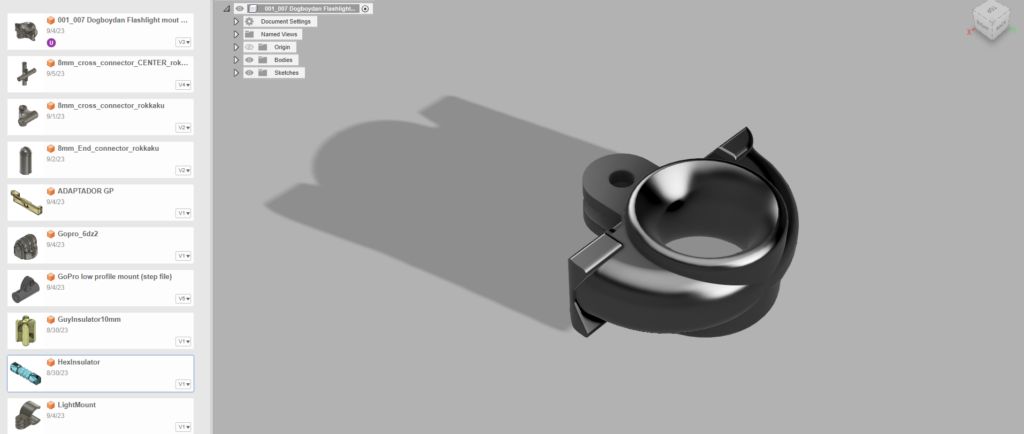
Bridging Art and Science: Practical Applications
Kite antennas discovered a multitude of practical applications, forging a unique bridge between art and science:
Disaster Response: Swift deployment of kite antennas establishes critical communication links during natural disasters, offering a lifeline when conventional infrastructure falters (Dodge, 2015).
Remote Sensing: Kite-based antennas facilitate remote sensing applications, including environmental monitoring and agricultural surveillance, bridging the gap between science and aesthetics (Jensen, 2007).
Military Communication: In military operations, the demand for secure and mobile communication is paramount, making kite antennas an appealing tactical choice (Skolnik, 2008).
Rural Connectivity: Kite antennas extend wireless connectivity to remote or underserved areas, addressing the digital divide while blending technology with artistry (Kumar & Singh, 2020).


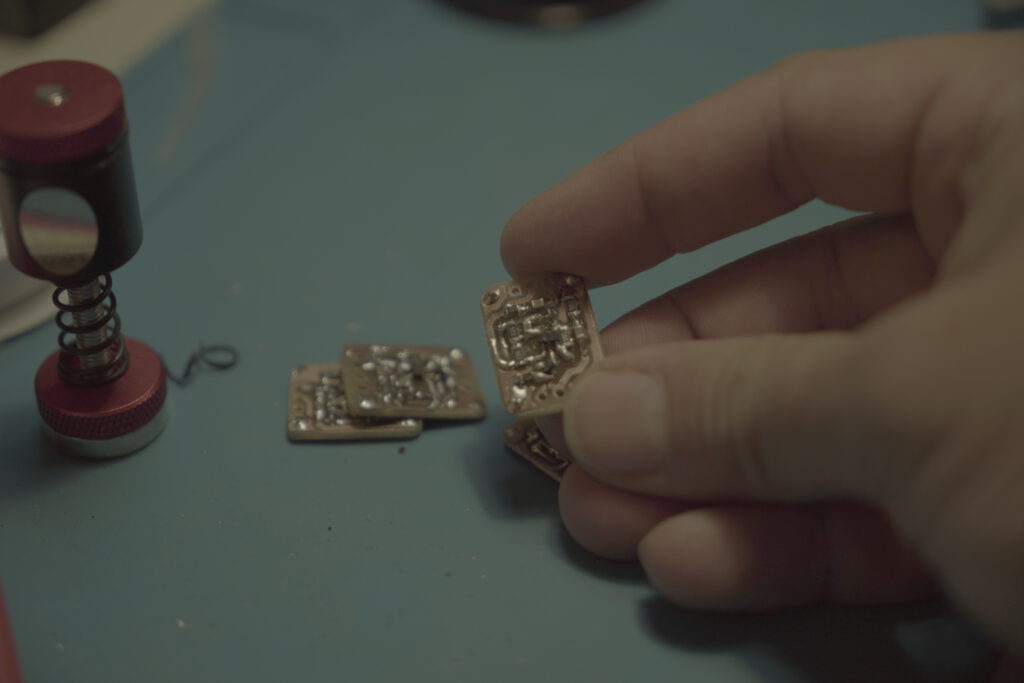
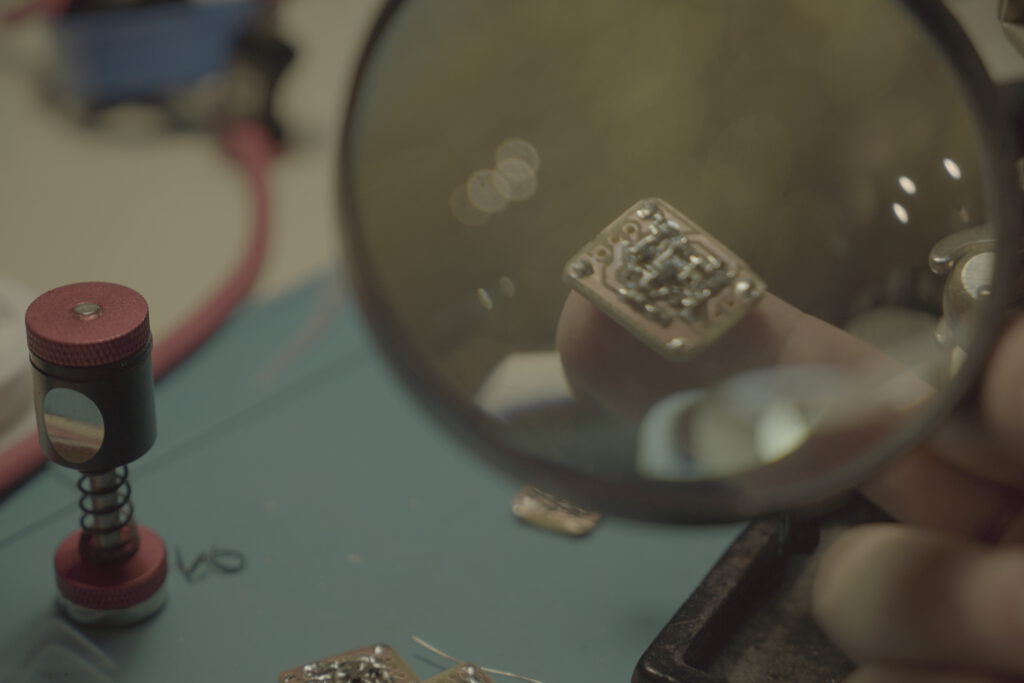

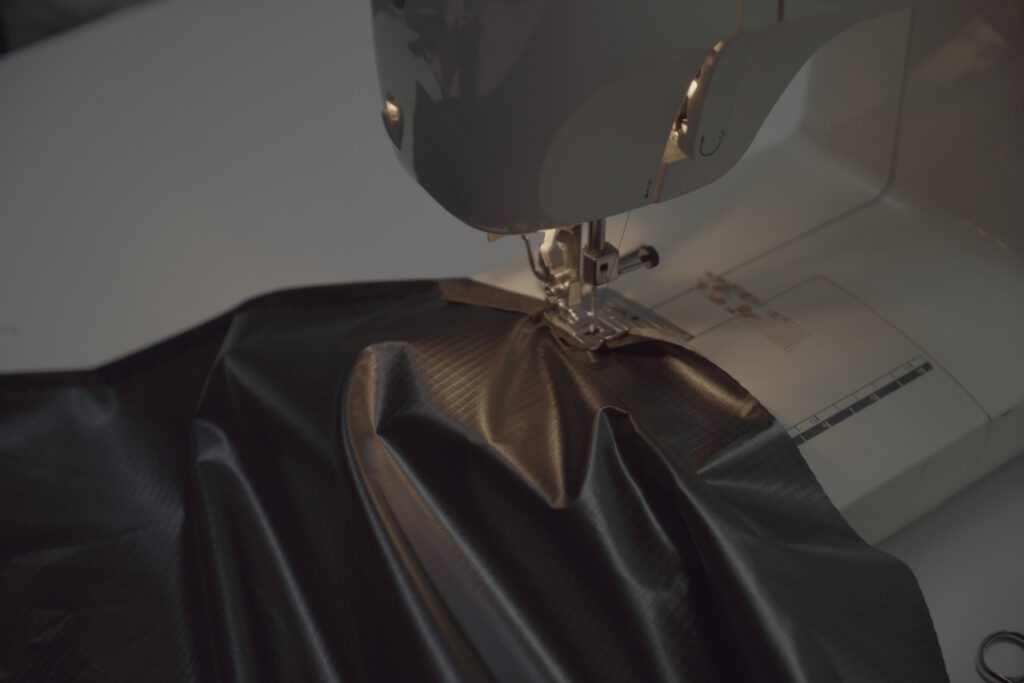





Kite antennas exemplify the harmony between scientific ingenuity and artistic expression, encapsulating the interdisciplinary nature of modern technology. While challenges persist, ongoing research and development in kite antenna technology hold the promise of expanding the horizons and capabilities of wireless networks. The fusion of the ethereal beauty of kites with the practicality of antennas showcases the innovative spirit driving contemporary wireless communication.
References
Ancient Records of the Minamoto Family. (n.d.). Retrieved from https://en.wikisource.org/wiki/Ancient_Records_of_the_Minamoto_Family
Barker, A. J. (1989). Experiment in aerial photography: Lawrence Hargrave and the box kite. Historical Records of Australian Science, 8(1), 1-22.
Balanis, C. A. (2016). Antenna Theory: Analysis and Design. Wiley.
Bell, A. G. (1907). Experiments with kites: Scientific American Supplement, 63(1631), 20944.
Confucius. (2003). The Analects of Confucius. Translated by Arthur Waley. Vintage.
Collin, R. E. (2005). Antennas and Radiowave Propagation. McGraw-Hill.
Dodge, C. (2015). Disaster Communications in a Changing Media World: A Review of Communications Changes from Hurricane Katrina. Review of Communication, 15(4), 298-312.
Federal Aviation Administration. (2020). Federal Aviation Regulations (FAR) Part 107. Retrieved from https://www.ecfr.gov/
Hargrave, L. (1893). Aeronautics: The History of Aeronautics. Elibron Classics.
Haykin, S. (2014). Communication Systems. Wiley.
Higashi, A. (2005). The Kite’s Influence on Japanese Craftsmanship. Bulletin of the Kyoto Institute of Technology, Humanities and Social Sciences, 24, 129-134.
Jensen, J. R. (2007). Remote Sensing of the Environment: An Earth Resource Perspective. Pearson Education.
Kumar, S., & Singh, R. P. (2020). Connectivity to Unconnected Areas through Wi-Fi Enabled Kites: A Concept. International Journal of Computer Applications, 174(11), 21-26.
Lawrence, G. R. (1906). Kite photography: Aerial photographic apparatus and methods. U.S. Patent No. 821,393.
National Geographic Society. (2020). Kites: Flying High for Science and Fun
Needham, J. (1962). Science and Civilization in China: Volume 4, Physics and Physical Technology, Part 2, Mechanical Engineering. Cambridge University Press.
Rao, N. N. (2016). Electromagnetic Field Theory and Transmission Lines. Pearson Education.
Rappaport, T. S. (2011). Wireless Communications: Principles and Practice. Prentice Hall.
Sugiura, K. (2013). A Japanese Kite Tradition: Japanese Culture and the Art of Kazukiyo Sugiura. Japan Arts Council.
Smith, I. J. (2015). Kite-Based Atmospheric Research. Annual Review of Earth and Planetary Sciences, 43, 407-429.
Skolnik, M. I. (2008). Introduction to Radar Systems. McGraw-Hill.
Stutzman, W. L., & Thiele, G. A. (2012). Antenna Theory and Design. Wiley.
